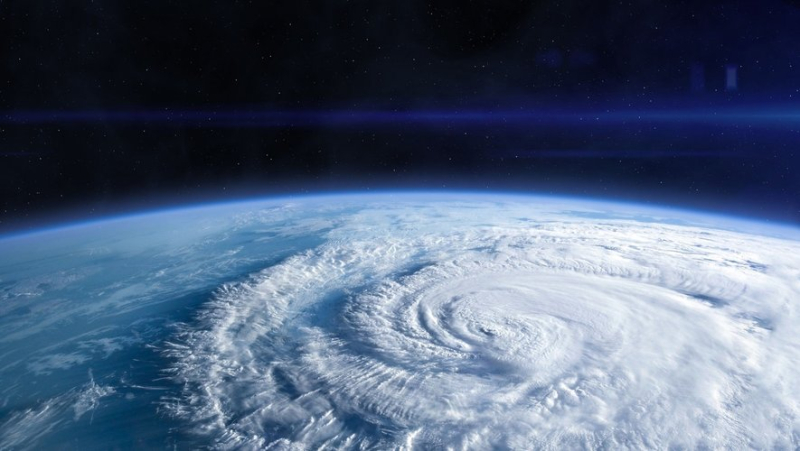Predicting the frequency of super-hurricanes ? Scientists develop new tool

The frequency and intensity of super hurricanes is likely to increase in coastal cities in the decades to come. buradaki/Getty images
According to American researchers from MIT, the frequency and intensity of super hurricanes are likely to increase in coastal cities in the decades to come. According to estimates developed using their new prediction tool, floods similar to those that occurred during Hurricane Sandy could occur approximately every thirty years by the end of the century.
In 2012, a super-hurricane of unprecedented magnitude hit the east coast of the United States and winds of 130 km/h blew across the states of New York and New Jersey, devastating tens of thousands of homes in their path and causing the death of more than a hundred people. It was one of the most violent extreme weather events in U.S. history. But which, unfortunately, could happen again in the years to come.
Predicting the extent of hurricane-related flooding
"Climate change modifies the structural characteristics, frequency, intensity and movement of hurricanes," says Ali Sarhadi, postdoctoral researcher in the Department of Earth Sciences, UNESCO. Atmosphere and Planets at the Massachusetts Institute of Technology (MIT.) Based on the hypothesis that coastal cities will face more frequent major hurricanes because of global warming, Ali Sarhadi, along with a team of scientists from MIT, developed a method for predicting the extent of hurricane-related flooding.
This new prediction tool is based on modeling of compound floods, that is to say which are caused by multiple sources, like Hurricane Sandy which submerged New York City and plunged part of the island of Manhattan into darkness. 'The aftermath of Hurricane Sandy in 2012 is an example of the impact of compound flooding. The storm made landfall on the east coast of the United States and high winds caused a massive storm surge, which, combined with rain-induced flooding in some areas, caused historic and devastating flooding, officials said. researchers in a press release.
Risks five times higher by the end of the century
To obtain an overview of the risks of flooding linked to hurricanes and extra-tropical storms, likely to amplify under the impetus of climate change, the researchers compared the two sources of flooding that caused Hurricane Sandy: saltwater waves and freshwater rain. Based on these scientists' predictions, the likelihood of a Sandy-type hurricane hitting New York City will increase significantly in coming decades as the climate warms, from ;#39;once every 150 years today, every 60 years by 2050 and every 30 years by 2099, i.e. five times more than in the current climate, estimates the study.
According to the authors of the work, a large part of this increase in flood risk is due to rising sea levels, which ' quot;will play a major role with global warming. Predictions that apply to New York, as well as to any coastal city, specify the researchers, whose goal is not to fall into catastrophism, but on the contrary to sound the alarm by providing the most realistic data possible to better prepare for it. "Our methodology equips coastal city authorities and policymakers with essential tools to assess hurricane-related flood risks in coastal cities at a detailed and granular level, down to 100%. “to every street or building, in current and future decades,” underlines the main author of the study, Ali Sarhadi.




